Shahrukh Khan
YOLOBench: Benchmarking Efficient Object Detectors on Embedded Systems
Jul 26, 2023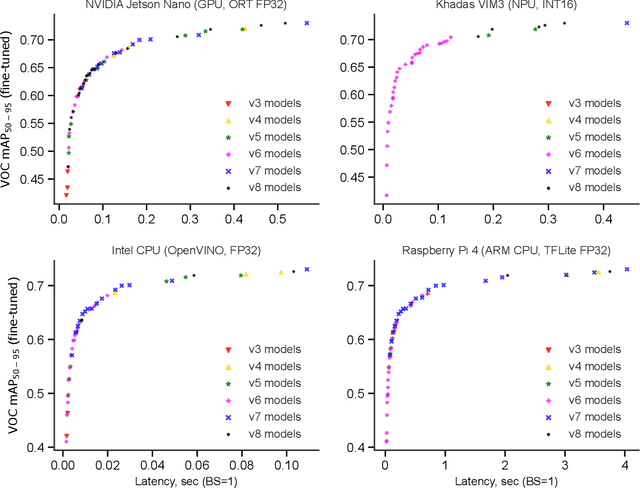
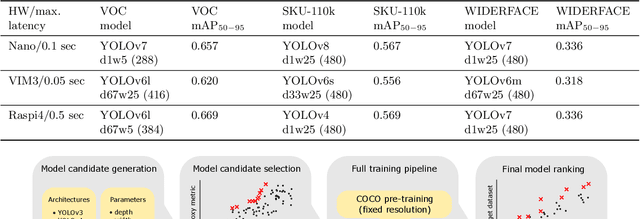

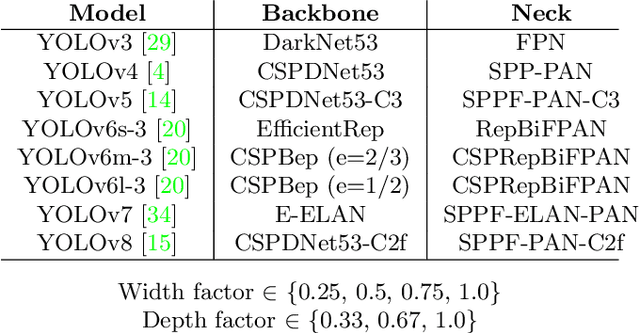
Abstract:We present YOLOBench, a benchmark comprised of 550+ YOLO-based object detection models on 4 different datasets and 4 different embedded hardware platforms (x86 CPU, ARM CPU, Nvidia GPU, NPU). We collect accuracy and latency numbers for a variety of YOLO-based one-stage detectors at different model scales by performing a fair, controlled comparison of these detectors with a fixed training environment (code and training hyperparameters). Pareto-optimality analysis of the collected data reveals that, if modern detection heads and training techniques are incorporated into the learning process, multiple architectures of the YOLO series achieve a good accuracy-latency trade-off, including older models like YOLOv3 and YOLOv4. We also evaluate training-free accuracy estimators used in neural architecture search on YOLOBench and demonstrate that, while most state-of-the-art zero-cost accuracy estimators are outperformed by a simple baseline like MAC count, some of them can be effectively used to predict Pareto-optimal detection models. We showcase that by using a zero-cost proxy to identify a YOLO architecture competitive against a state-of-the-art YOLOv8 model on a Raspberry Pi 4 CPU. The code and data are available at https://github.com/Deeplite/deeplite-torch-zoo
White-Box Attacks on Hate-speech BERT Classifiers in German with Explicit and Implicit Character Level Defense
Feb 14, 2022


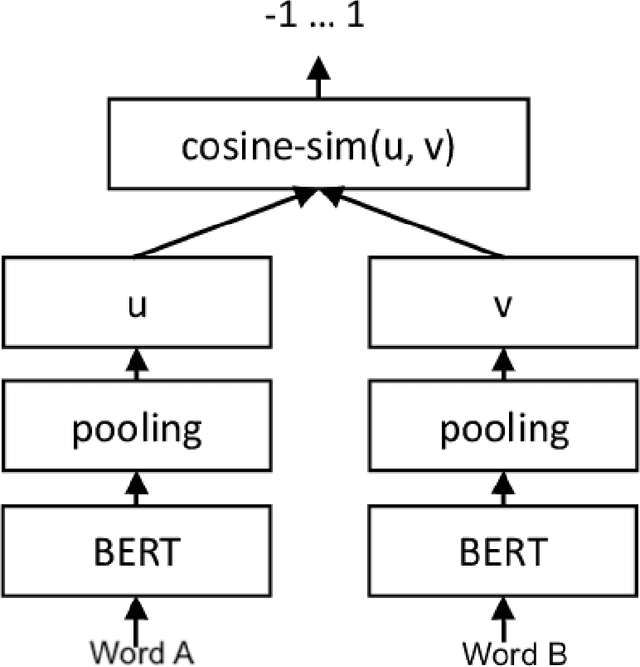
Abstract:In this work, we evaluate the adversarial robustness of BERT models trained on German Hate Speech datasets. We also complement our evaluation with two novel white-box character and word level attacks thereby contributing to the range of attacks available. Furthermore, we also perform a comparison of two novel character-level defense strategies and evaluate their robustness with one another.
Hindi/Bengali Sentiment Analysis Using Transfer Learning and Joint Dual Input Learning with Self Attention
Feb 11, 2022
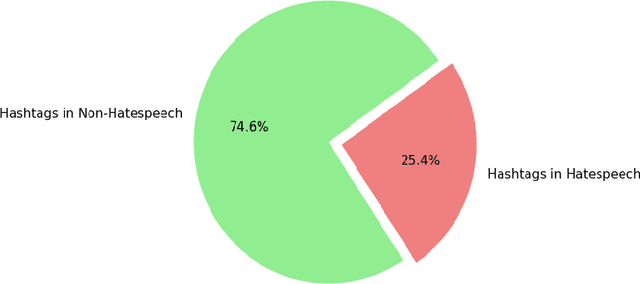
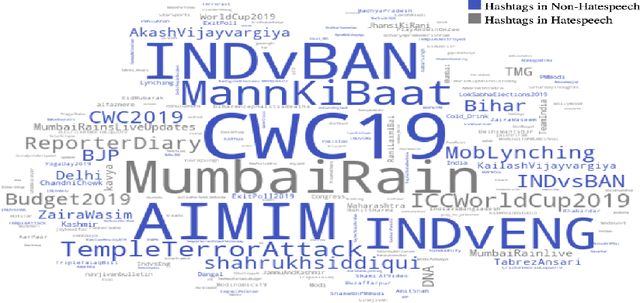
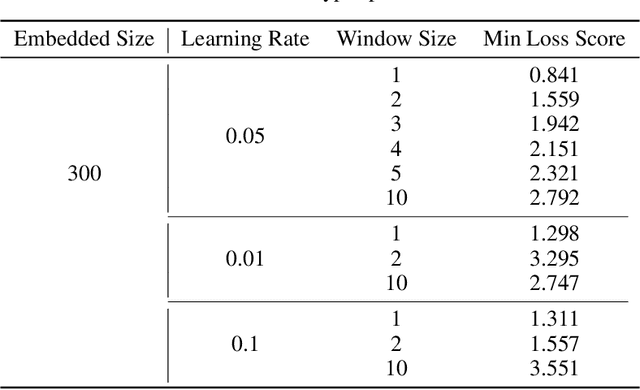
Abstract:Sentiment Analysis typically refers to using natural language processing, text analysis and computational linguistics to extract affect and emotion based information from text data. Our work explores how we can effectively use deep neural networks in transfer learning and joint dual input learning settings to effectively classify sentiments and detect hate speech in Hindi and Bengali data. We start by training Word2Vec word embeddings for Hindi \textbf{HASOC dataset} and Bengali hate speech and then train LSTM and subsequently, employ parameter sharing based transfer learning to Bengali sentiment classifiers by reusing and fine-tuning the trained weights of Hindi classifiers with both classifier being used as baseline in our study. Finally, we use BiLSTM with self attention in joint dual input learning setting where we train a single neural network on Hindi and Bengali dataset simultaneously using their respective embeddings.
 Add to Chrome
Add to Chrome Add to Firefox
Add to Firefox Add to Edge
Add to Edge